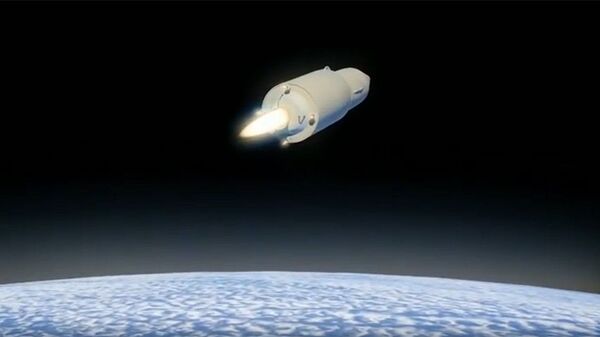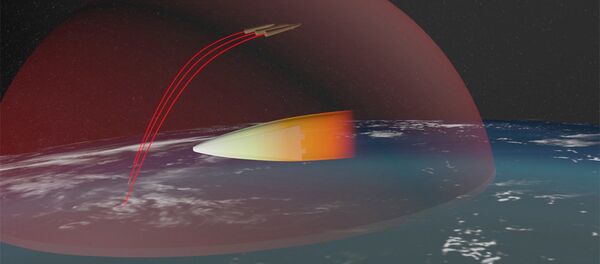Retired NORAD Chief of Staff Air Force Maj. Gen. Howard Thompson has claimed that Russia and China have left the US far behind in the creation of hypersonic weapons, warning that existing US missile defence systems are simply no match for such armaments.
"Russian and Chinese research, test and development of hypersonic weapons have far outpaced that of the United States," Thompson noted in a recent op-ed for The Hill, pointing to a recent study on such weapons' ability to reach a 'fourth dimension effect' "by effectively shrinking a foe's decision-making window" and rendering "existing air defences to be obsolete."
Noting to Russia's Avangard hypersonic glide vehicle, which is expected to be introduced into service later this year, the retired officer also pointed to Chinese aspirations in this direction, saying Beijing has "been even more aggressive in their pursuit of hypersonic weapons."
Commenting on the perceived US inability to intercept hypersonic systems, Thompson argued that "the stark reality" is that the US' "current missile defence systems, as well as our operational mindset, are simply incapable versus this threat."
The retired officer explained that the US Missile Defence Agency's array of satellites, radars and interceptor missiles were designed to spot and intercepting ballistic missiles, whose flight path is "relatively predictable," hypersonic glide vehicles fly "a completely unpredictable path, with the energy to aggressively maneuver throughout flight. This renders point-defence systems, such as the Patriot and THAAD, ineffective." Combined with their higher velocity and lower flight altitudes, Thompson warned that these systems radically "compress radar detection range and reaction times."
Ultimately, the retired officer urged Congress to invest "in an extensive" new "defensive architecture" consisting of kinetic and non-kinetic interceptors, energy directed weapons, multiple satellite constellations, and global communications and data transfer systems. "The key will be Congress committing to fully fund such a necessary enterprise and resisting the urge to hastily adapt existing assets for hypersonics defence," Thompson concluded.
President Putin observed another test launch of the Avanguard late last month, with the system expected to enter into service later this year.




